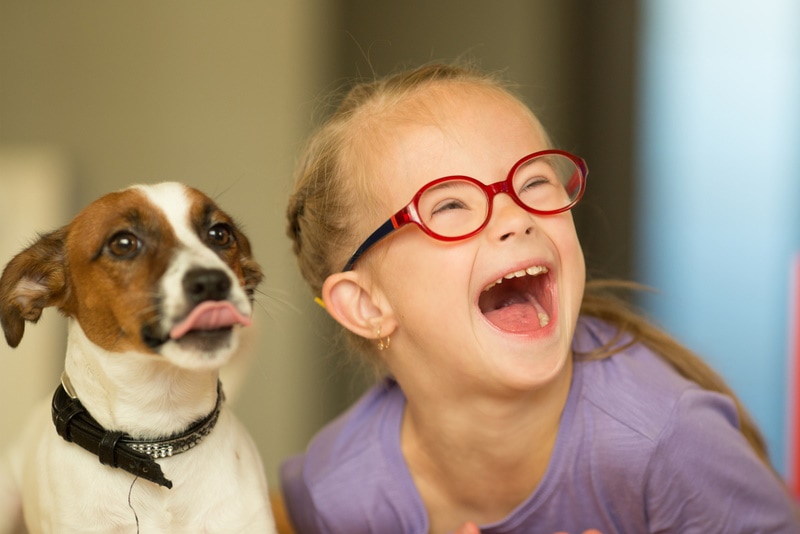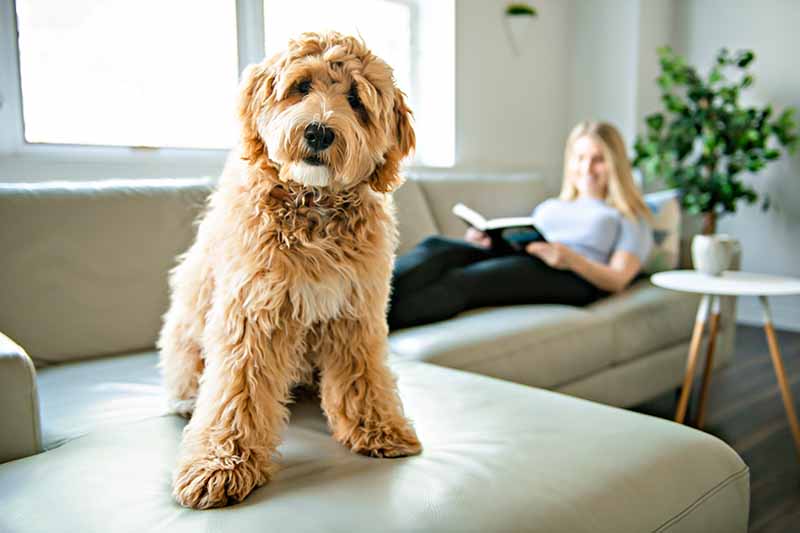Humans tend to filter the world through the lens of our own experience. We judge the intelligence of other animals using human parameters, project emotions onto all kinds of creatures, and determine emotional responses based on the markers we recognize in each other.
Pet owners like to read emotions in their dogs, such as a happy pup with a wagging tail or a cower in fear, but that doesn’t mean that dogs have this full range of emotions. With science, we’ve been able to learn more about what emotions dogs can feel, backed by hormonal responses and chemistry.
The emotional ranges of dogs and humans may not be the same, but it’s proven that dogs do have the capacity for some emotions. Dogs can experience joy, fear, anger, disgust, and love or affection. Let’s take a look at the current research.
The Emotional Capacity and Range of Humans and Dogs
Determining the emotional capacity and range of emotions dogs can experience is tricky since not even humans share all the same emotions. People go through developmental periods, and their emotions broaden, some people with psychological disorders lack the ability to experience common emotions like fear or love.
Researchers believe that dogs have the emotional and mental capacity of a human child at about 2 years old. This isn’t just for emotions but for most cognitive abilities. So, we can assume that dogs will have a limited range of emotions similar to that of a toddler.
Children develop new emotions over time. At birth, an infant only experiences an emotion similar to excitement or arousal. Within the first few weeks, the excitement can take on positive or negative influences, and that’s when more complex emotions like distress and contentment begin to emerge.
These become more complex and distinctive over time. In the following months, children develop the capacity for anger, fear, and disgust. Joy or happiness takes longer, often emerging around six months.
Love, perhaps the most complex and ephemeral, doesn’t show up until around nine or 10 months. Emotions from social influences and the environment, such as pride and shame, can take years to appear. Guilt often comes after that.

Comparing Dog Emotions to Human Emotions
What does this have to do with dogs? The development of human emotion is key in understanding the range of emotions dogs can experience. Though they develop much faster than a human, they reach their full emotional capacity around six months of age.
At this point, dogs and children diverge. A dog’s emotional development will cease, while the child will continue to broaden and deepen its emotional capacity for years.
So, we can assume that dogs can experience joy, fear, anger, disgust, and love or affection, but not complex emotions like pride, shame, or guilt.
Many pet owners will insist that their dogs experience more complex emotions, the biggest being guilt. That “shameful” or “guilty” look after doing something bad is surely some type of guilt or remorse, right?
Not quite. In this situation, it’s more likely that our dogs are reacting to us. We discover that accident in the house, the torn-up pair of shoes, or the mysteriously missing food from the counter, and we get mad.
We assume the dog knows it misbehaved and is showing guilt. Really, that look is fear because the dog knows that we have gotten mad or exasperated in the past when we came across a pee stain or a ripped-up throw pillow.
Similarly, your dog can’t feel pride when it performs well. That, too, is a learned behavior that develops long past the point when dogs and children diverge. But that’s not an excuse to dress your dog up for the costume party. The second-hand embarrassment is still a real thing.

Conclusion
Your dog can feel love and affection for you, contentment at the safety and security of its home, and excitement when it’s feeding time or when you return home after a long day. Dogs can’t feel shame, guilt, or pride, however—that’s all a reflection of you.
Featured Image Credit: Marliese Streefland, Unsplash












